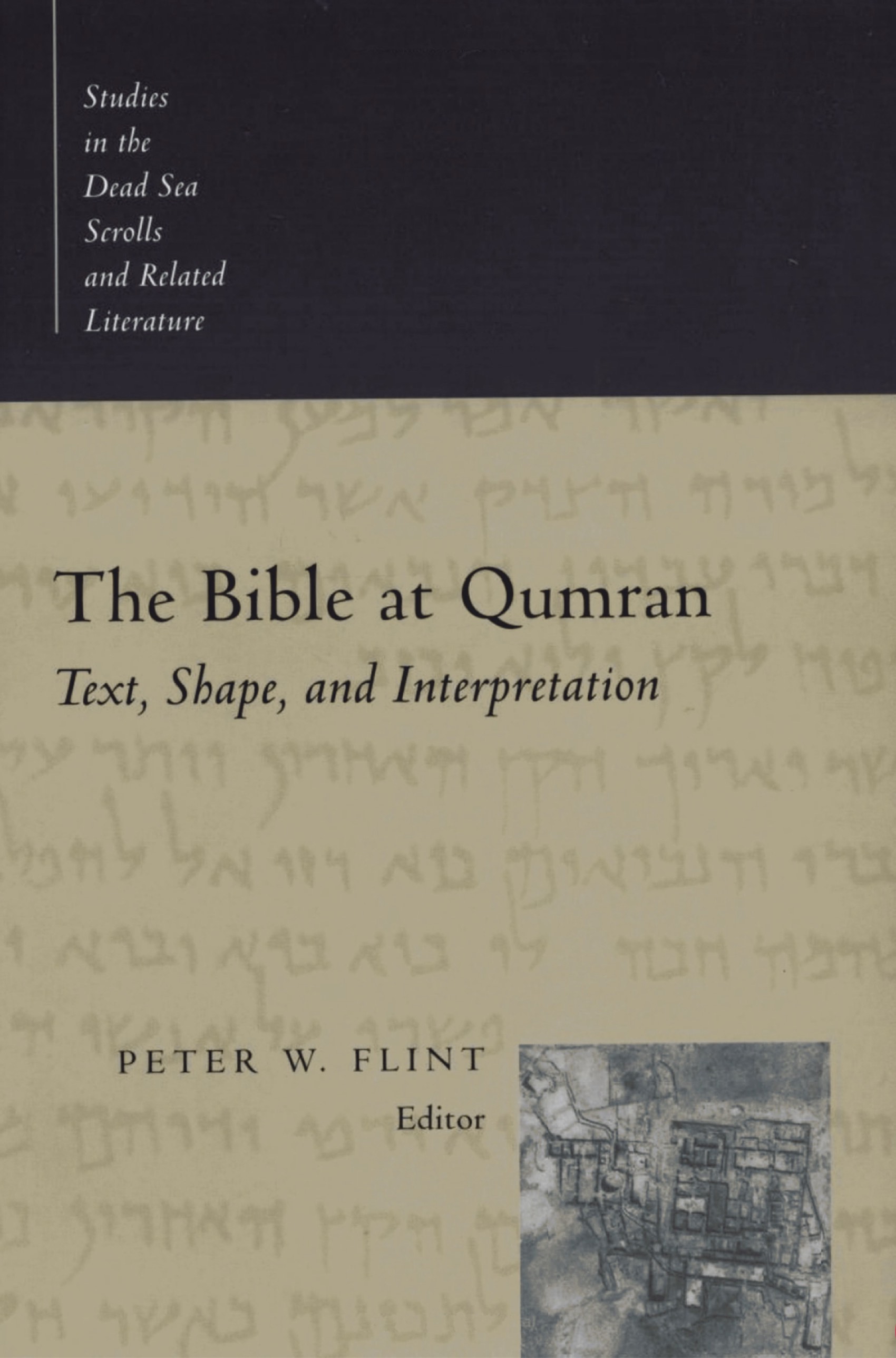The Bible at the Qumran
Summary of The Bible at Qumran: Text, Shape, and Interpretation
Edited by Peter W. Flint, The Bible at Qumran: Text, Shape, and Interpretation is a scholarly work that explores the role of the Dead Sea Scrolls in understanding the textual history and interpretation of the Hebrew Bible. The book is part of the Studies in the Dead Sea Scrolls and Related Literature series and contains eleven essays from leading scholars in Qumran studies.
Key Themes and Structure
1. The Hebrew Bible and Canon Formation
• The first section examines the formation of the biblical canon during the Second Temple period.
• James A. Sanders argues that the canon was a dialogue that evolved over time, influenced by various communities, including Qumran.
• Bruce K. Waltke discusses textual criticism, outlining how different versions of the Hebrew Bible (e.g., Masoretic Text, Septuagint, Dead Sea Scrolls) provide insight into its transmission.
• Eugene Ulrich highlights multiple literary editions of biblical books found at Qumran, showing that the canon was not yet fixed.
2. The Dead Sea Scrolls and Their Influence on Biblical Studies
• The Qumran community preserved a variety of scriptural texts, some of which differ significantly from later biblical versions.
• Craig A. Evans analyzes how the canon of Scripture may have been understood in the time of Jesus and the role of noncanonical writings.
• Peter W. Flint examines apocryphal and pseudepigraphal writings found in the Dead Sea Scrolls, discussing their impact on Jewish and early Christian thought.
3. Interpretation of Biblical Texts at Qumran
• The second section of the book focuses on how the Qumran community interpreted biblical texts.
• James C. VanderKam explores the interpretation of Genesis in 1 Enoch, showing how apocalyptic literature reshaped biblical narratives.
• Craig A. Evans studies the figure of Abraham in the Dead Sea Scrolls, analyzing his portrayal as a model of faith.
• James E. Bowley discusses Moses at Qumran, highlighting how he was seen as God’s chosen leader and lawgiver.
• James M. Scott examines the story of Korah’s rebellion, suggesting it had symbolic significance for the Qumran sect.
4. Theological and Messianic Themes
• Martin G. Abegg Jr. compares Paul’s writings on the “works of the law” with the Qumran document 4QMMT, suggesting theological parallels.
• Robert W. Wall investigates intertextuality in Scripture, using Rahab’s story (James 2:25) as an example of how biblical figures were reinterpreted in later Jewish and Christian traditions.
Conclusion
This book provides critical insights into how the Hebrew Bible was transmitted, shaped, and interpreted in early Jewish history. The Dead Sea Scrolls demonstrate that biblical texts were not static but evolved over time, influenced by different Jewish sects. By analyzing these texts, scholars gain a better understanding of early biblical exegesis and the development of Jewish and Christian theology.
